Digital Society - Data & Data Analysis
1/24
There's no tags or description
Looks like no tags are added yet.
Name | Mastery | Learn | Test | Matching | Spaced |
|---|
No study sessions yet.
25 Terms
data
raw and unorganized facts and figures, which may be in the form of numbers, letters, characters or images.
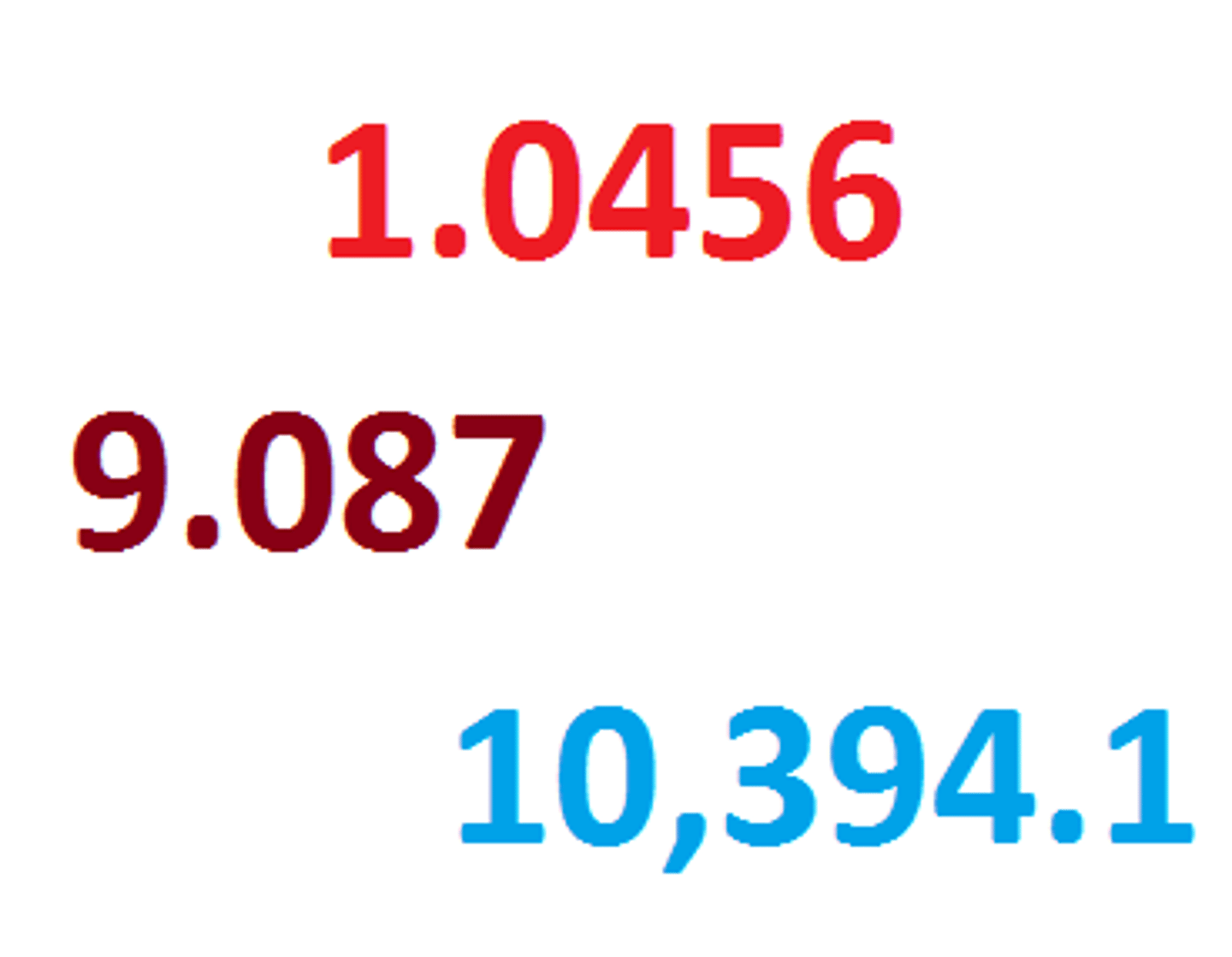
information
the output after data has been processed, organized or structured, to convert it into something that is ready to visualize or analyze; It provides context for the data

knowledge
meaning can be derived from information and applied to achieve a set goal

wisdom
the application of knowledge

quantitative data
data using numbers that can be computed

qualitative data
descriptive data such as customer feedback collected from a source like a survey
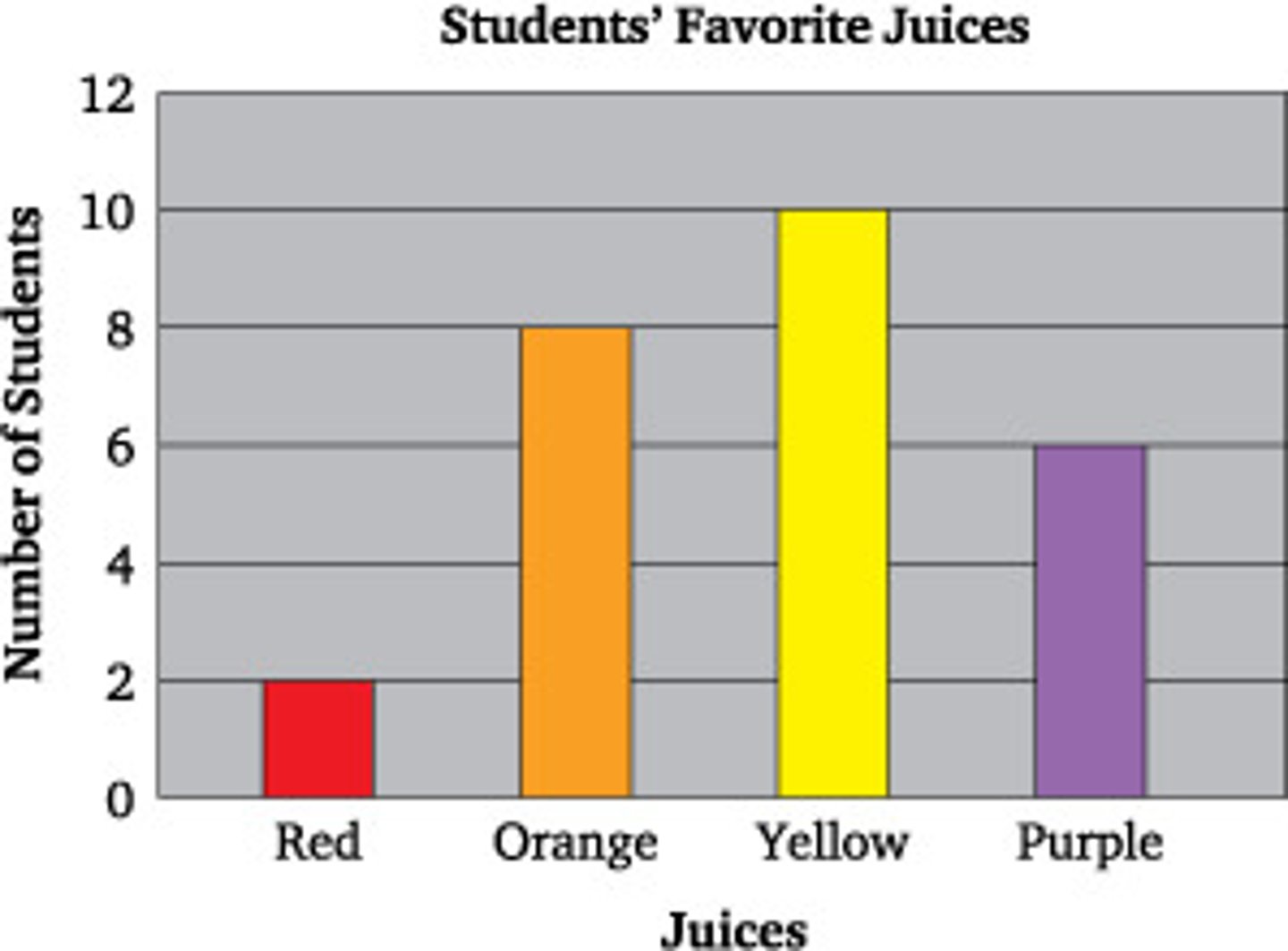
geospatial data
location data which refers to the positioning of an object in a geographic space, usually collected using GPS technologies

metadata
a set of data that describes and gives information about data that is being stored, such as author, size of the file, date, etc.

data mining
the process of finding patterns and correlations as well as anomalies within large sets of data

data matching
the process of comparing two different sets of data with the aim of finding data about the same entity

storage life of data
creation, storage, usage, preservation, destruction
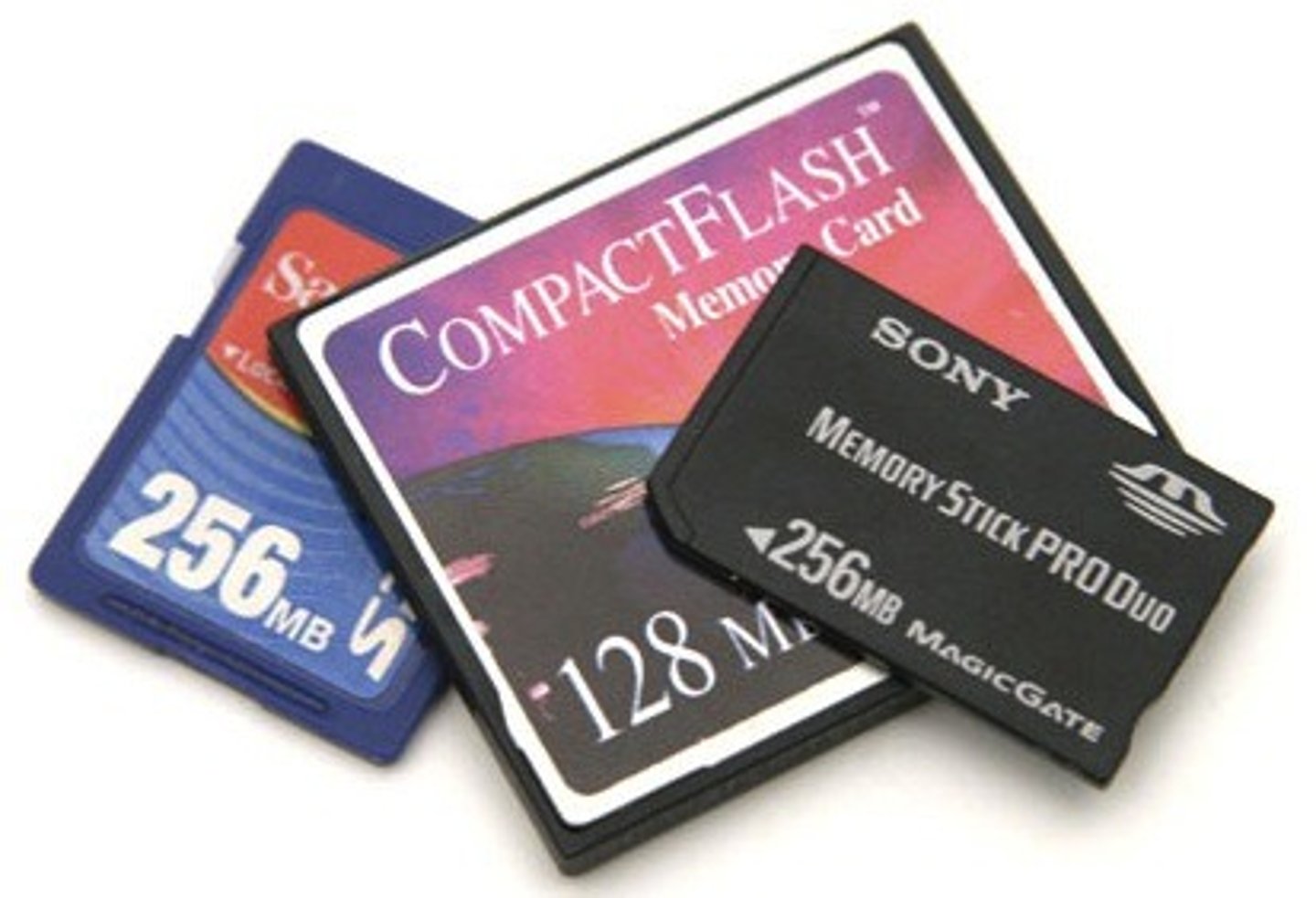
data validation
designing your database so that only valid (suitable) data can be used

data verification
in databases, there are checks that the data entered is the actual data that you want, or that it matches the original source of the data

data visualization
the process of converting large sets of data into graphs, charts or other presentations
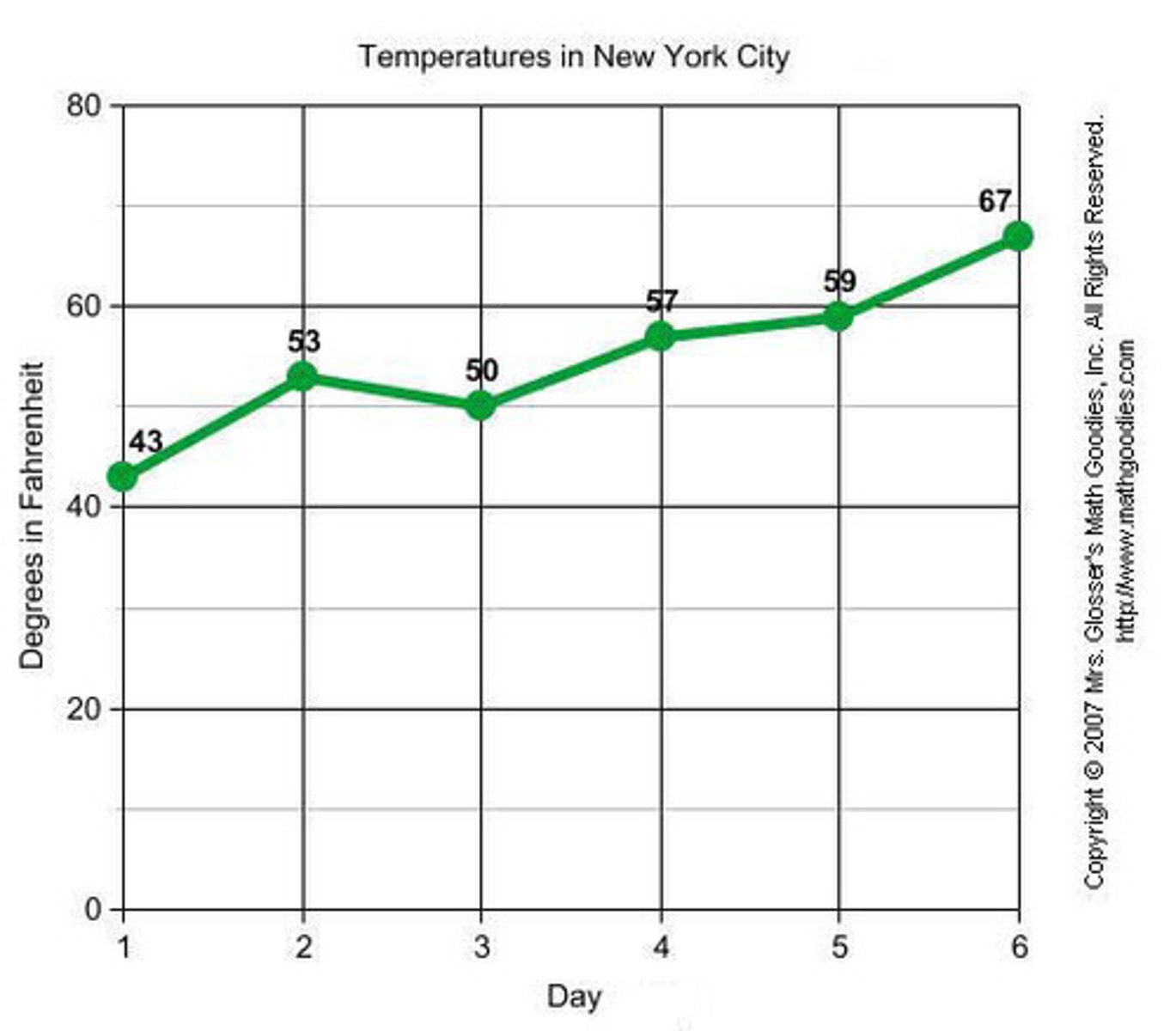
primary data
original data collected for the first time for a specific purpose

secondary data
data that has already been collected by someone else for a different purpose

relational database
a database that has more than one table
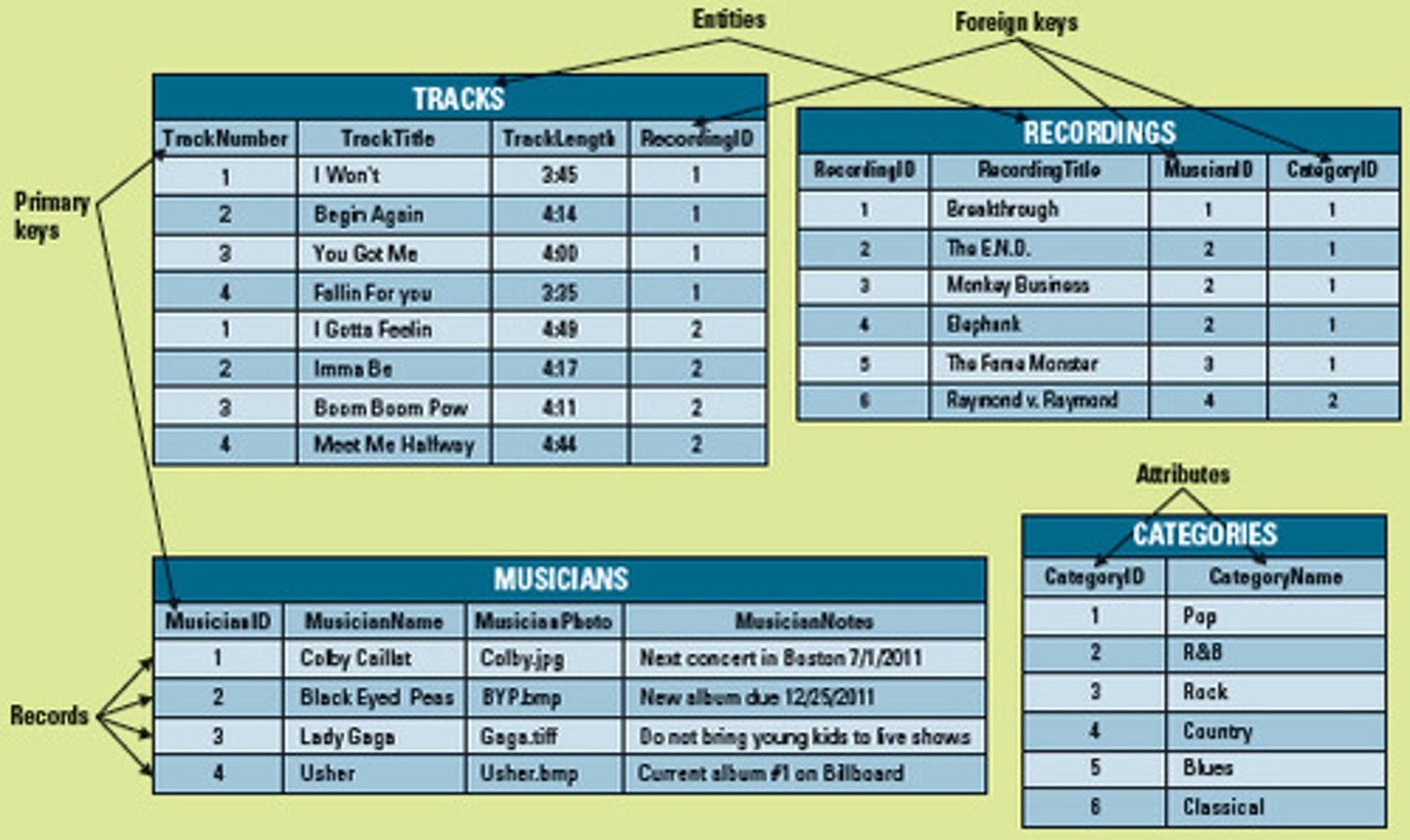
query
a search within a database

encryption
the process of converting readable data into unreadable characters in order to prevent unauthorized access
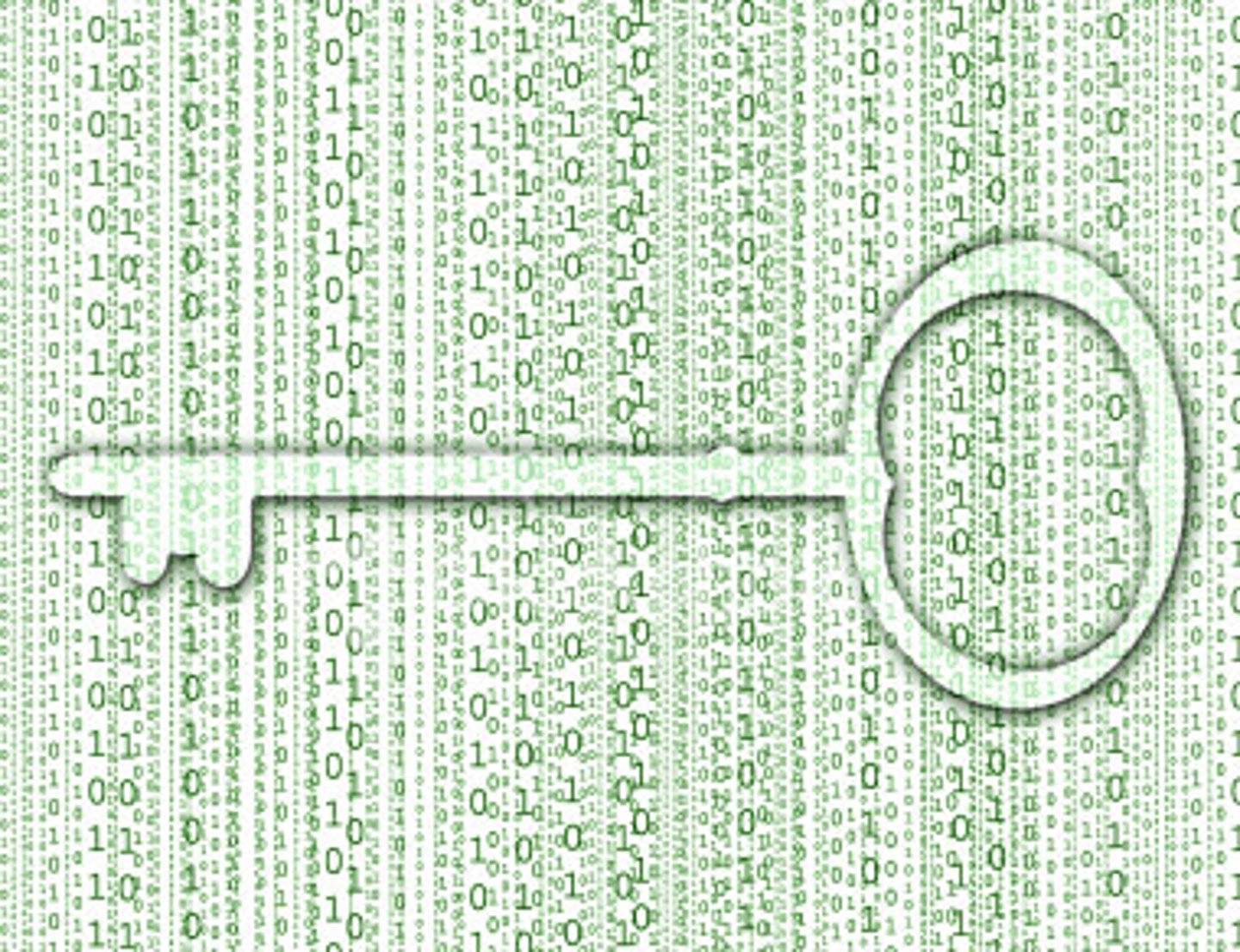
Secure Socket Layer (SSL)
a protocol developed for sending information securely over the intenet by usng an encrypted link between a web server and a browser

Transport Layer Security (TLS)
an improved version of the SSL protocol which provides security between client and server applications communicating over the internet.

data masking
the process of replacing confidential data with functional fictitious data, ultimately anonymizing the data

public key encryption
used with SSL and TLS security protocols; uses 2 different keys to code and encode data; the http in the URL is replaced with https.
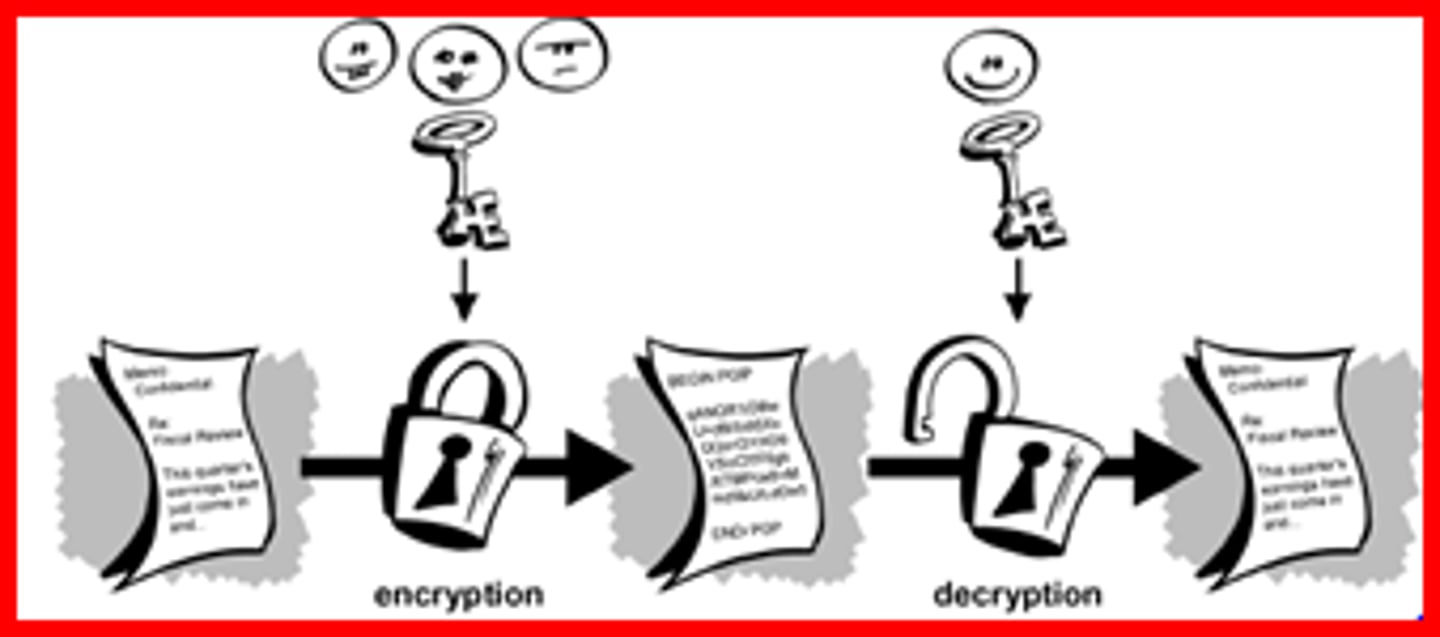
Blockchain
a digital ledger of transactions that is duplicated and distributed across a network of computers

Big data
term used to describe large volumes of data, which may be structured or unstructured
